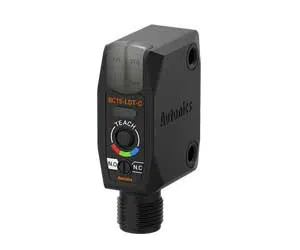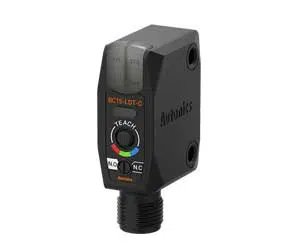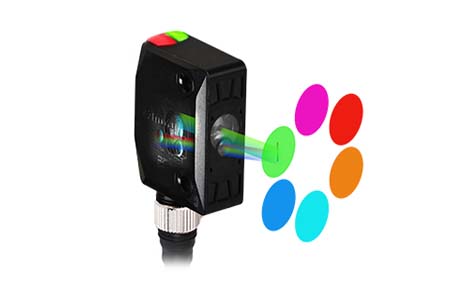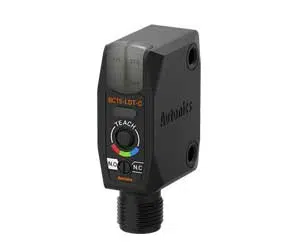Autonics Color Mark Sensor: Color Sensors BC Series
IndMALL presents the Autonics Color Mark Sensor, specifically designed for industrial use. These sensors excel in identifying and differentiating colors, making them perfect for tasks like color sorting and quality control in various sectors. Known for their high precision and reliability, our Autonics color sensors are priced competitively.
The BC Series models offer diverse size options, adjustable flow rates, and multiple modes for different applications. They feature digital and analog connectivity, a high-resolution LCD, and are built to withstand challenging environments with an IP68 durability rating.
Autonics Color Mark Sensor: BC Series
- Size Options: 50 × 50 mm, 100 × 60 mm, 120 × 80 mm.
- Function: Regulates flow with pressure balancing and memory.
- Flow Rate: Adjustable from 0.01 to 100 L/min.
- Modes: Various for different fluids.
- Response Time: 0.05s to 5.00s.
- Connectivity: Digital and analog options.
- Display: High-resolution LCD.
- Durability: IP68 rated for tough environments.
Product List:
Model No |
Image |
Sensing type |
Sensing distance |
Light source |
Response time |
Control output |
|---|---|---|---|---|---|---|
| BC15-LDT-C |  |
Convergent reflective type | 15mm | Full Color LED(red, green,blue) | 500㎲ | NPN open collector |
| BC15-LDT-C-P |  |
Convergent reflective type | 15mm | Full Color LED(red, green,blue) | 500㎲ | PNP open collector |
Frequently Asked Questions
What is colour mark sensor?
A color mark sensor is a device that detects specific colors on objects. It shines light on the object and measures how much red, blue, and green light is reflected back. This helps it to determine the color of the object.
These sensors are often used in machines that need to identify or sort items by color. They are very precise in detecting even small differences in colors.
How many types of color sensors are there?
Color sensors are categorized into two main types.
The first type uses broad-spectrum light to illuminate objects. It then identifies three primary colors—red, green, and blue—in the light that bounces back.
The second type works differently. It shines red, blue, and green lights separately on the object. In both types, the sensor measures how much of each color light is reflected.
This helps determine the exact color of the object being examined. These sensors are very useful for accurately recognizing and distinguishing colors on various surfaces or items.
What is the range of a colour sensor?
The range of a color sensor refers to its ability to detect and differentiate various colors. This range can vary depending on the sensor’s design and technology. Generally, color sensors are capable of identifying a wide range of colors. They do this by measuring the intensity of red, green, and blue light reflected from an object. The accuracy and sensitivity of a color sensor determine how well it can distinguish between similar colors and detect subtle variations in color. Some advanced sensors are highly precise, able to detect even minor differences in shades and colour.
What items use color sensors?
color sensors play a vital role in various processes. They are commonly used in sorting machines to separate items based on color. This is especially useful for recycling plants, where different colored materials need to be sorted.
In manufacturing, color sensors ensure that products meet specific color standards, which is crucial for quality control. They are also used in packaging machinery to detect colored marks for accurate cutting or folding.
In these industrial settings, color sensors help increase efficiency, maintain quality, and reduce waste by ensuring precise color matching and detection.
What are the components of a color sensor?
A color sensor typically consists of several key components. These include a light source, usually consisting of LEDs that emit red, blue, and green light. There’s also a photodetector or photodiode that detects the reflected light from the object.
The sensor includes filters or dichroic mirrors to separate the different wavelengths of light. Additionally, it has an electronic circuit to process the signals from the photodetector.
This circuit converts the light intensity into electronic signals, which are then used to determine the color of the object. These components work together to enable the sensor to accurately detect and differentiate colors.
If you need more info about our Autonics Color Mark Sensor, feel free to reach out to us. We’re ready to help you.






